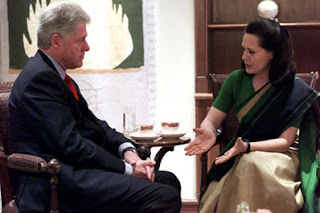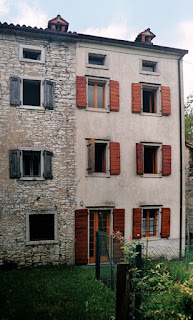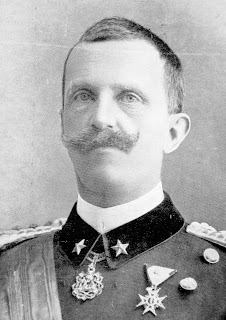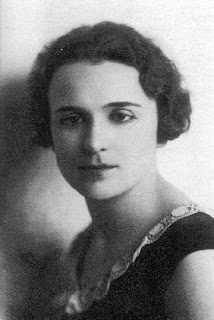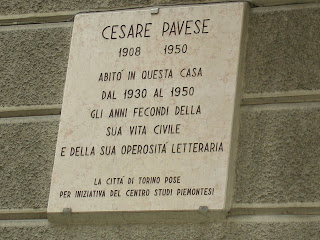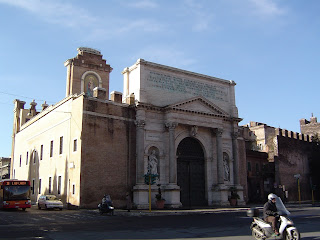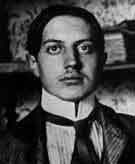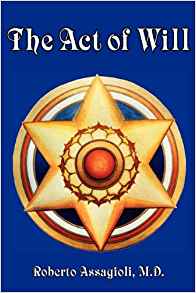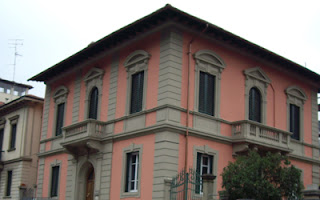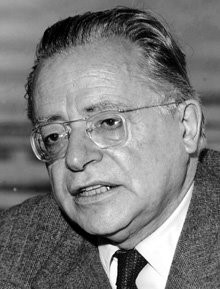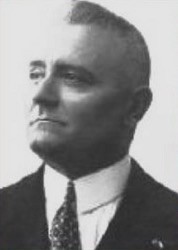Creator of works representing the victims of Fascist repression
 |
| Renato Guttuso |
The painter Renato Guttuso, whose illustrations for
Elizabeth David’s cookery book, Italian Food, gave him international fame, was
born on this day in 1912 in Bagheria near Palermo in Sicily.
A fierce anti-Fascist, he painted powerful pictures, which
he said represented the many people who, because of their ideas, endured
outrage, imprisonment and torment.
Guttuso’s father, Gioacchino, was a land surveyor who
painted water colours and Renato started painting as a child, signing and
dating his art works from the age of 13. He was educated in Palermo and then
went on to Palermo University.
He painted nature scenes featuring flowers, lemon trees and
Saracen olive trees, which brought him recognition as a talented Sicilian
painter when they were exhibited. He opened a studio with another painter and
two sculptors in Palermo.
Guttuso became a member of an artistic movement that stood
for free and open attitudes and was opposed to Fascism during the years of the
Spanish Civil War.
He moved to Milan, where his morals and political commitment
became even more visible in his paintings, particularly in one of his most
famous works, Flight from Etna.
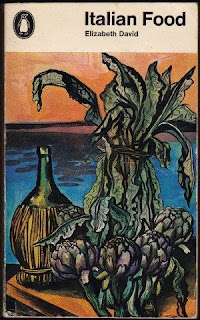 |
| Guttuso's illustration on the cover of Elizabeth David's Italian Food |
After moving to Rome, Guttuso mixed with other significant
artists of the time and painted the work he is perhaps best remembered for,
Crucifixion (Crocefissione). He said he wanted to paint the torment of Christ
as a contemporary scene to symbolise all those who had to endure insults,
imprisonment or torture because of their ideas. The painting was derided at the
time by the clergy and the Fascists.
Guttuso continued to work during the Second World War, producing
a collection of drawings entitled Massacres (Massacri).
In 1945 he founded the New Arts Front with other artists who
had previously been bound by Fascist rule, and social and political themes
continued to dominate his work.
He met fellow artist Pablo Picasso, who was to remain a
friend until his death in 1973.
In 1950 Guttuso was awarded the World Council of Peace Prize
in Warsaw and in 1972 he received the Lenin Peace prize.
It was during the 1950s that he was approached by publishers
Macmillan to provide the illustrations for Elizabeth David’s book Italian Food,
which was the first book on Italian cooking to be published for the English
market.
At a time when food was still rationed, when olive oil was
sold only for medicinal purposes and when to obtain even basic ingredients for
Italian recipes such as rice and pasta required visits to specialist shops, it
was a bold move by Macmillan to publish such a book.
They chose to approach Guttuso after being impressed by the
vivid colours of food in his painting of the market at Vucciria in Palermo.
Miss David, a food writer, was said to be delighted with the results and after
a quite appearance in 1954 the book went on to become a classic.
After his wife, Mimise Dotti-Guttuso, died in 1986, the
artist became bedridden. Guttuso died of lung cancer within four months of her
death, in January 1987.
Travel tip:
One of the main sights to see in Bagheria in Sicily, where
Renato Guttuso was born, is the Villa Cattolica, where there is a permanent
exhibition of his work. The town was used as a location in the 1990 film The
Godfather Part III.
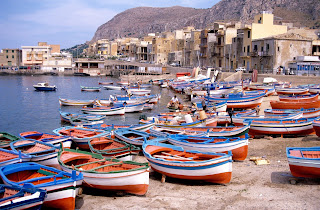 |
| Fishing boats at Aspra, where the colourful scenes inspired Guttuso to paint |
Travel tip:
Renato Guttuso was inspired to paint by the views from the
village of Aspra, which is within the municipality of Bagheria, by the sea at
the east end of the gulf of Palermo. There are frescoes representing Christ and
the Saints painted by Guttuso in the Church of Maria Santissima Addolorata
there.


